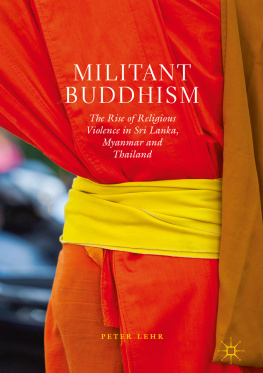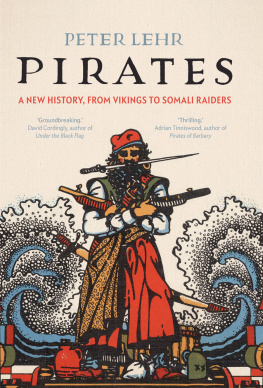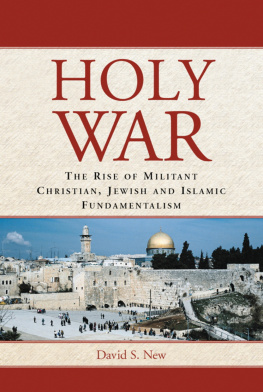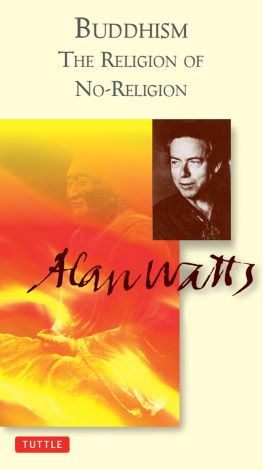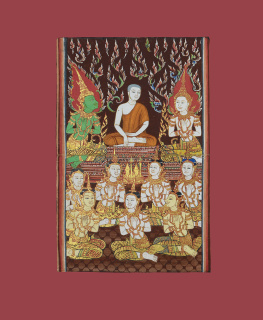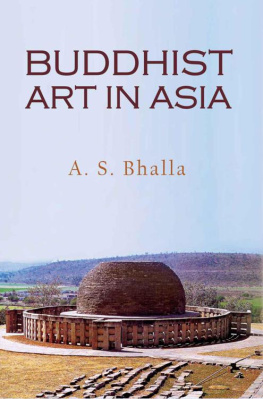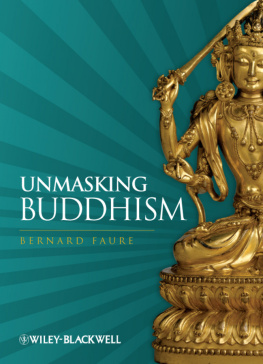Contents
Landmarks

Peter Lehr
Militant Buddhism The Rise of Religious Violence in Sri Lanka, Myanmar and Thailand
Peter Lehr
School of International Relations, University of St Andrews, St Andrews, Fife, UK
ISBN 978-3-030-03516-7 e-ISBN 978-3-030-03517-4
https://doi.org/10.1007/978-3-030-03517-4
Library of Congress Control Number: 2018964562
The Editor(s) (if applicable) and The Author(s), under exclusive licence to Springer Nature Switzerland AG 2019
This work is subject to copyright. All rights are solely and exclusively licensed by the Publisher, whether the whole or part of the material is concerned, specifically the rights of translation, reprinting, reuse of illustrations, recitation, broadcasting, reproduction on microfilms or in any other physical way, and transmission or information storage and retrieval, electronic adaptation, computer software, or by similar or dissimilar methodology now known or hereafter developed.
The use of general descriptive names, registered names, trademarks, service marks, etc. in this publication does not imply, even in the absence of a specific statement, that such names are exempt from the relevant protective laws and regulations and therefore free for general use.
The publisher, the authors, and the editors are safe to assume that the advice and information in this book are believed to be true and accurate at the date of publication. Neither the publisher nor the authors or the editors give a warranty, express or implied, with respect to the material contained herein or for any errors or omissions that may have been made. The publisher remains neutral with regard to jurisdictional claims in published maps and institutional affiliations.
Cover illustration: Loop Images / Getty Images
This Palgrave Macmillan imprint is published by the registered company Springer Nature Switzerland AG
The registered company address is: Gewerbestrasse 11, 6330 Cham, Switzerland
Contents
The Author(s) 2019
Peter Lehr Militant Buddhism https://doi.org/10.1007/978-3-030-03517-4_1
1. Introduction: Between Dhamma-Ghosa and Bheri-Ghosa
Peter Lehr
(1)
School of International Relations, University of St Andrews, St Andrews, Fife, UK
Peter Lehr
Keywords
Methodology Theory Socio-Theology Empathetic immersion Research issues
In one of his famous edicts, Maurya Emperor Ashoka (c. 268c. 232 BCE) declared that under his enlightened Buddhist rule, the sound of war drums (bheri-ghosa) had been replaced by the rule of Buddhist law (dhamma-ghosa). Since then, a profound pacifism or rejection of violence ( ahimsa ; lit.: do not injure) has been the hallmark of Buddhism and its various traditionsat least from a somewhat nave and romantic outside perspective. In the West, we are well aware of Christian fundamentalism, Islamist Salafism -Jihadism, militant Judaism , and maybe even of the ultra-nationalist Hindutva movement and militant Sikhism in India. Militant and violent Buddhism, however, features only rarely in Western debates, the current plight of the Rohingya in Myanmar (Burma)
We could start the debate with the doctrine of ahimsa , which, on the surface at least, should act as a powerful barrier against acts of violence committed by Buddhists. However, as in any belief system and doctrine, there are exceptions. For example, while expansionist and offensive warfare is prohibited, armed defence is seen as permissible under certain conditions, and even as unavoidable in this current age of suffering (dukkha). One such condition would be the impression that Buddhism is under siege by a hostile non-Buddhist enemy. Militant Buddhist violence defined in this way is actually nothing new. In Sri Lanka, Buddhist monks were actively involved in anti-Tamil political violence in 1915 (Sinhalese -Tamil race riots), and then again from the early 1950s onwards. In Burma, monks were actively involved in armed resistance against the British colonial system as early as the 1880s, in the Indo-Burmese riots of 1938, and again in armed resistance against various insurgencies of non-Buddhist ethnic groups after independence. And in Thailand, cold war monks were actively involved in the fight against the communist insurgency of the 1970s. As of today, the most formidable and dangerous other in the eyes of both Buddhist monks and laity in Burma, Sri Lanka, and Thailand are Muslims .
These few examples should suffice to demonstrate that militant, extremist , and ultra-nationalist Buddhist violence with millenarian overtones is not a new phenomenon, but rather an overlooked and under-reported one that was kept hidden for quite a while. In the era of modern media such as global television, Twitter, or YouTube, this is no longer possible: militant Buddhist violence and its current Islamophobia are out there for everybody to see. In the case of anti-Muslim violence in Burma, it already led to a backlash: the Taliban in Pakistan, the Indonesian Jemaah Islamiyah (JI), and, more recently, the Islamic State (better known as ISIS ) issued statements threatening to attack Burmese Buddhists in retaliation for what they see as the state-sponsored murder of Muslims , while Al Qaeda called upon its followers to support their Muslim brethren in Burma, financially, militarily, and physically (SITE ).
Approaches: Theories and Methods
In order to map and compare the trajectories of militant, ultra-nationalist Buddhism in the three main Theravda countries, namely Sri Lanka, Burma, and Thailand, I explore the commonalities as well as the differences of these movements, also putting them in the proper context: firstly, into the domestic context since, as we shall see, these militant movements usually do not remain unopposed; secondly, in the regional context in the shape of interactions between various strands of Theravda Buddhism with those of other religions , namely Islam and Evangelical Christianity ; and thirdly, in the global context, here defined as the return of religion as a major factor in politics and as a major challenge for secularism . With regard to the underlying theoretical and methodological approach, it is obvious that, as usual in social sciences, mono-causal explanations cannot sufficiently explain these complex interactions. Rather, as Charles Selengut suggests, a holistic approach needs to be adopted, with the assumption that indeed each particular case will present a unique set of religious, historical, and sociological conditions that set off and, possibly, continue the violence (Selengut , 11). But I also agree with his follow-on argument: Taking them seriously does not, however, make us into either their advocates or their fellow-travellers, any more than a person whose eyes had been opened to the condition of the proletariat by reading communist literature had to become a member of the Party (ibid.).
There are several different methodologies that would have been suitable for this task. I chose a socio-theological approach as defined and explained by Mark Juergensmeyer and Mona Kanwal Sheikh (Juergensmeyer and Sheikh , 632). In this context, it is important to note that the various monkhoods (Sanghas) should not be regarded as monolithic blocs: in all three countries, there are hardliners or extremists as well as progressives (for example, environmentalist monks) and moderates, while the majority of monks in all three Sanghas refrain from getting actively involved in politics .

